Descrição
Introdução
O monitoramento da corrosão é uma prática essencial em várias indústrias para garantir a durabilidade, a segurança e a longevidade dos componentes cruciais, instalações, materiais industriais e plantas. Envolve a medição da corrosividade das condições do fluxo de processo usando sondas inseridas no fluxo de processo, expostas continuamente à condição do fluxo de processo. Essas sondas podem ser dispositivos mecânicos, elétricos ou eletroquímicos.
Neste artigo, discutiremos o significado do monitoramento de corrosão, os tipos de sistemas de monitoramento de corrosão disponíveis e introduzimos produtos de monitoramento de corrosão da EMT projetados para oferecer gerenciamento de segurança superior e manutenção preventiva.
A importância do monitoramento da corrosão
O monitoramento da corrosão é vital, pois ajuda a identificar a taxa, localização e causas subjacentes de corrosão. Através desse monitoramento, os componentes de liga não conformes podem ser identificados, pois são tipicamente suscetíveis à corrosão acelerada, o que pode levar a uma falha catastrófica.
A prática de monitoramento de corrosão traz para a tabela uma série de vantagens, particularmente nos domínios do gerenciamento de segurança e manutenção preventiva. No interesse da segurança e da operação eficiente, essas vantagens não podem ser subestimadas.
Um dos principais benefícios está nos dados poderosos que essa prática oferece. Esses dados são inestimáveis, oferecendo uma riqueza de idéias sobre a condição dos ativos industriais. Ao analisar essas informações, as indústrias podem tomar decisões bem informadas com implicações de longo alcance.
Por exemplo, os dados podem ser usados para estimar com precisão a vida útil restante de um objeto. Isso permite planejamento e alocação de recursos robustos, garantindo que problemas em potencial possam ser abordados antes que eles resultem em falha ou interrupção nas operações. Mas os benefícios não param por aí.
Outra aplicação crítica dos dados está no domínio das técnicas de extensão da vida. Ao entender a taxa e o padrão de corrosão, podem ser tomadas medidas para desacelerar o processo e prolongar a vida útil do ativo. Não se trata apenas de manter o ativo operacional por mais tempo; Trata -se de otimizar o uso de recursos e garantir que todo ativo dê o melhor retorno possível do investimento.
Além disso, os dados podem orientar as indústrias na elaboração de estratégias econômicas para combater problemas relacionados à corrosão. Isso é crucial porque, embora abordar a corrosão seja importante, é igualmente importante fazê -lo de uma maneira que seja financeiramente viável. Ao identificar as medidas mais econômicas, as indústrias podem garantir que não estejam apenas resolvendo o problema, mas fazê-lo de uma maneira que faça o melhor sentido econômico.
Tipos de sistemas de monitoramento de corrosão
Existem vários tipos de sistemas de monitoramento de corrosão disponíveis, cada um com seus recursos e benefícios exclusivos. Alguns tipos comuns incluem:
Monitoramento da resistência elétrica: Esta técnica mede a mudança na resistência elétrica de uma amostra de metal à medida que corroia. O princípio é simples: à medida que o metal corroa, sua espessura diminui, aumentando sua resistência elétrica. Ao monitorar a mudança de resistência, perda de corrosão e dados da taxa de corrosão, podem ser obtidos
Monitoramento eletroquímico: Este método envolve a medição de propriedades eletroquímicas, como potencial de corrosão e resistência à polarização, para determinar a taxa de corrosão de uma amostra de metal.
Monitoramento mecânico: Essa técnica usa sondas mecânicas, como tensão e medidores de tensão, para monitorar alterações nas propriedades do material devido à corrosão.
Soluções de monitoramento de corrosão da EMT
A EMT oferece uma gama de sistemas de monitoramento de corrosão projetados para fornecer monitoramento abrangente de componentes e instalações críticas. Aqui, apresentamos três dos produtos da EMT:
Monitoramento de corrosão da conexão de soldagem EMT-CIPA: Este sistema possui uma conexão soldada de 2 polegadas, projetada para temperaturas operacionais entre -20 ° C e 120 ° C. Pode lidar com uma pressão máxima de 2000 psi.
Monitoramento de corrosão da conexão do flange EMT-CIPA: Esta solução vem com uma conexão de flange ANSI de 2 polegadas e possui uma faixa de temperatura de projeto de -20 ° C a 120 ° C. Oferece várias classificações de pressão, incluindo 150 lb, 300 lb, 600 lb, 900 lb, 1500 lb e 2500lb.
Monitoramento de corrosão retrátil EMT-RCC: Este sistema retrátil pode ser configurado com uma conexão de flange ANSI soldada de 2 polegadas ou 2 polegadas. Ele foi projetado para temperaturas entre -20 ° C e 120 ° C e possui uma classificação de pressão máxima de 2000 psi. Além disso, ele pode ser configurado para várias classificações de pressão, como 150 lb, 300 lb, 600 lb, 900lb, 1500lb e 2500lb.
Esses sistemas de monitoramento de corrosão são projetados para fornecer medições precisas e confiáveis de corrosão para várias aplicações industriais, garantindo maior segurança e manutenção.

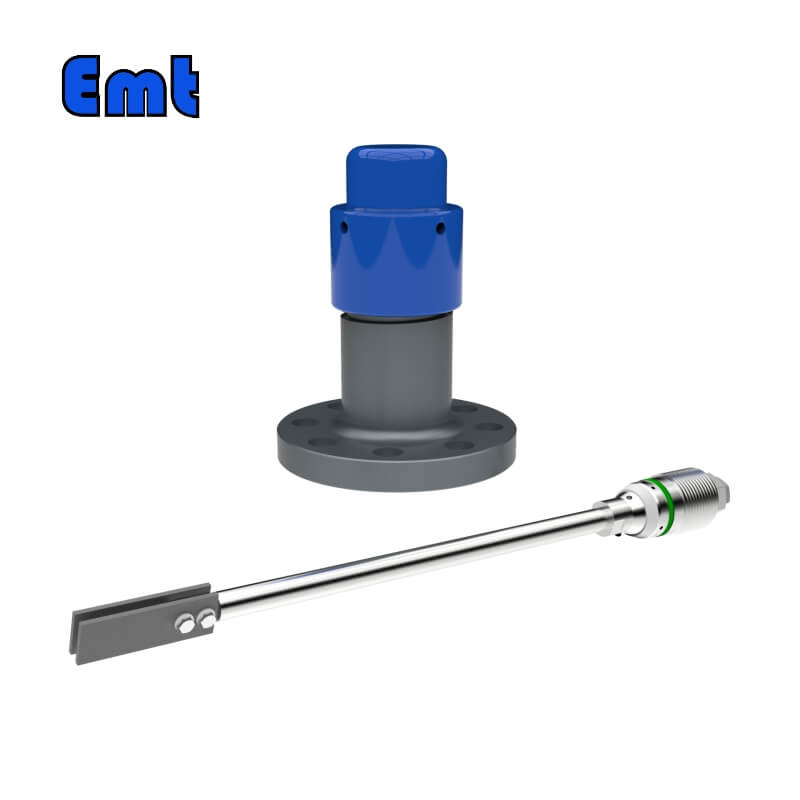
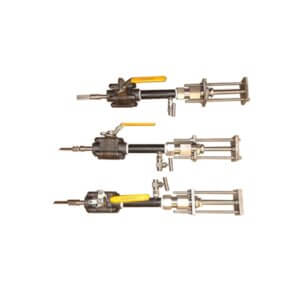
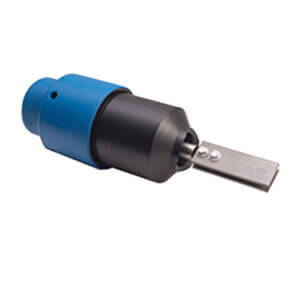
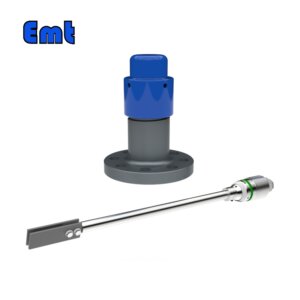

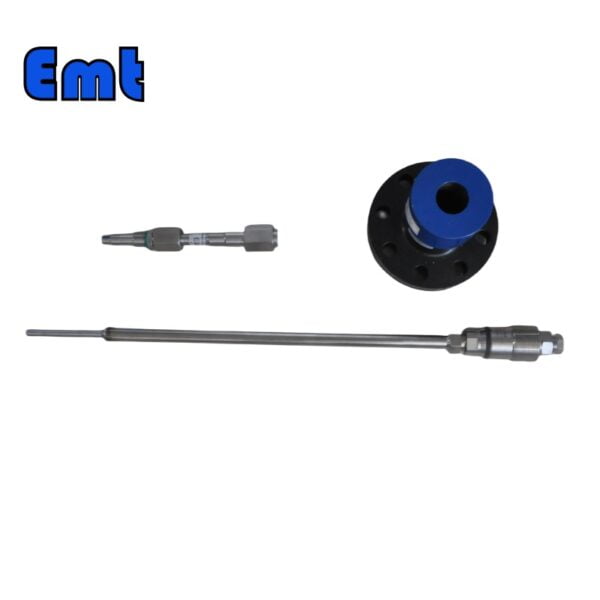
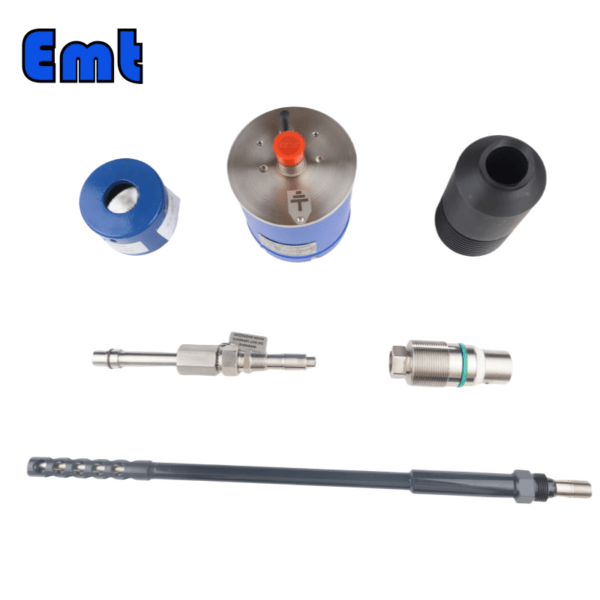
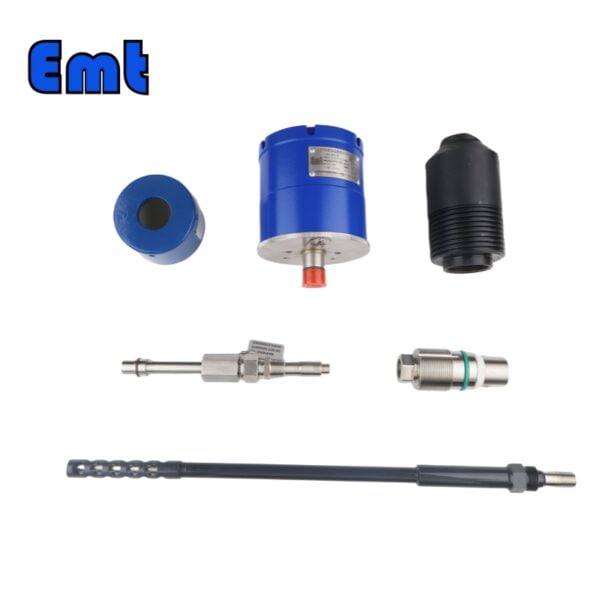
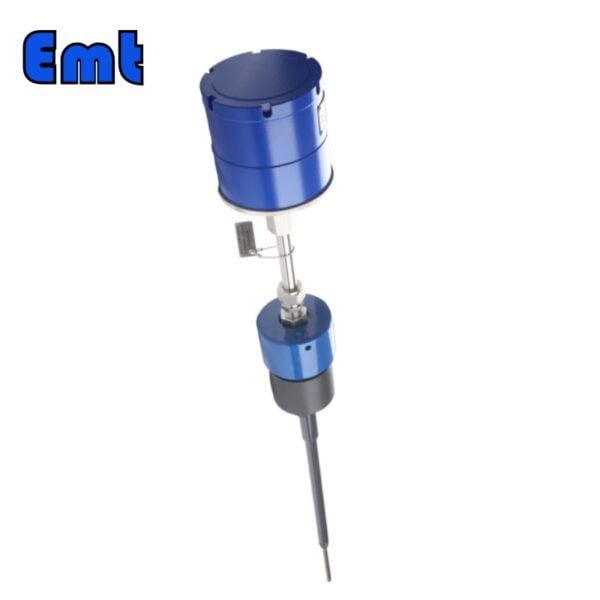
Avaliações
Não há comentários ainda.